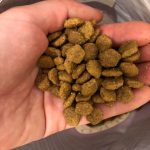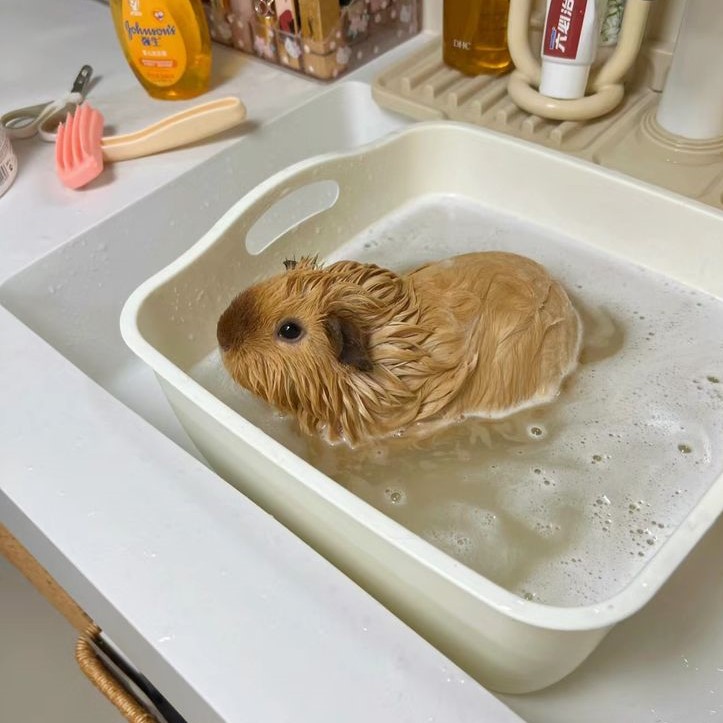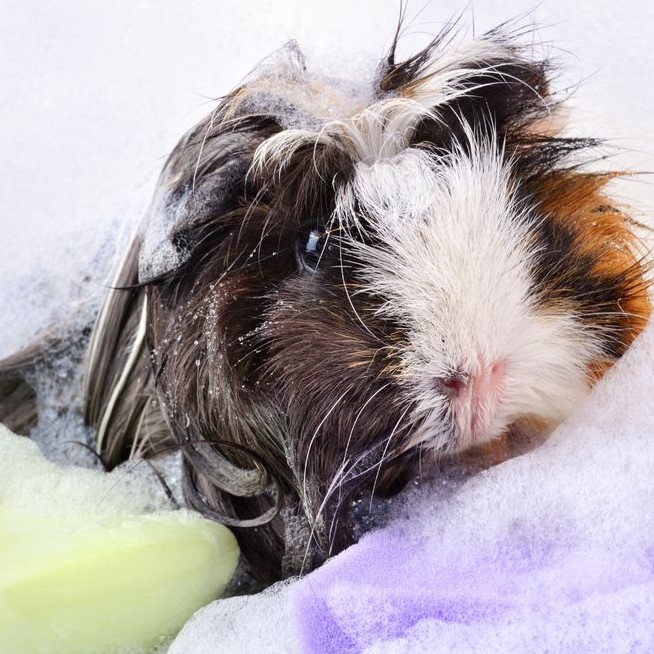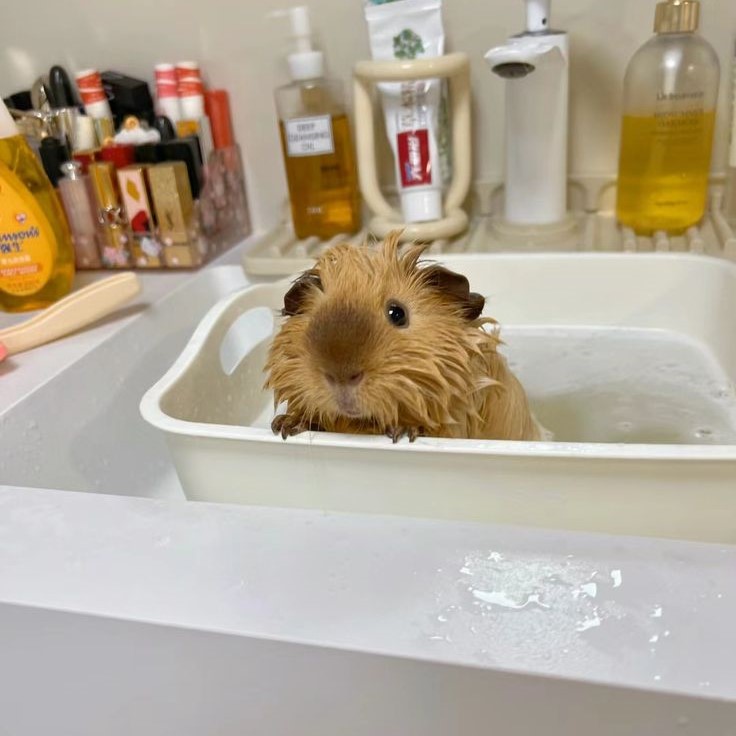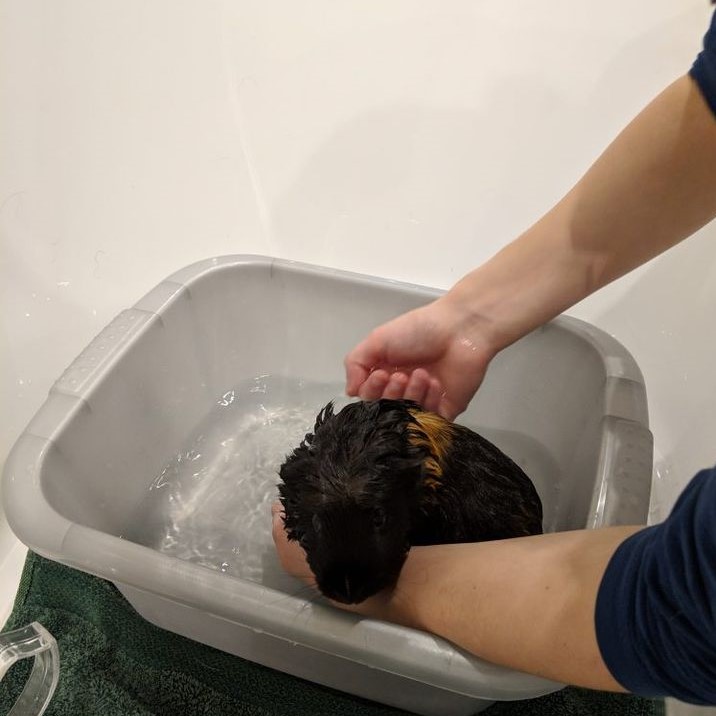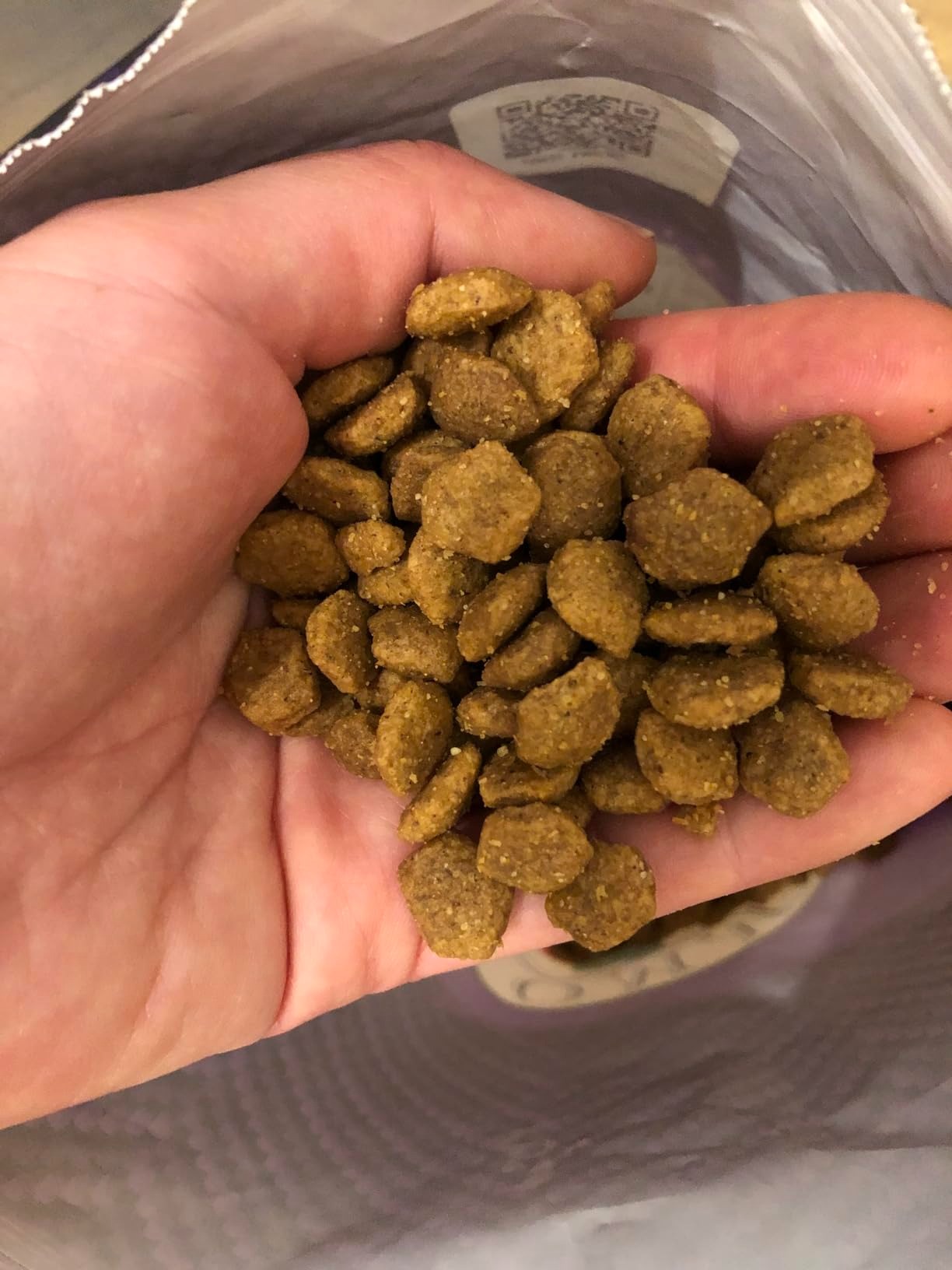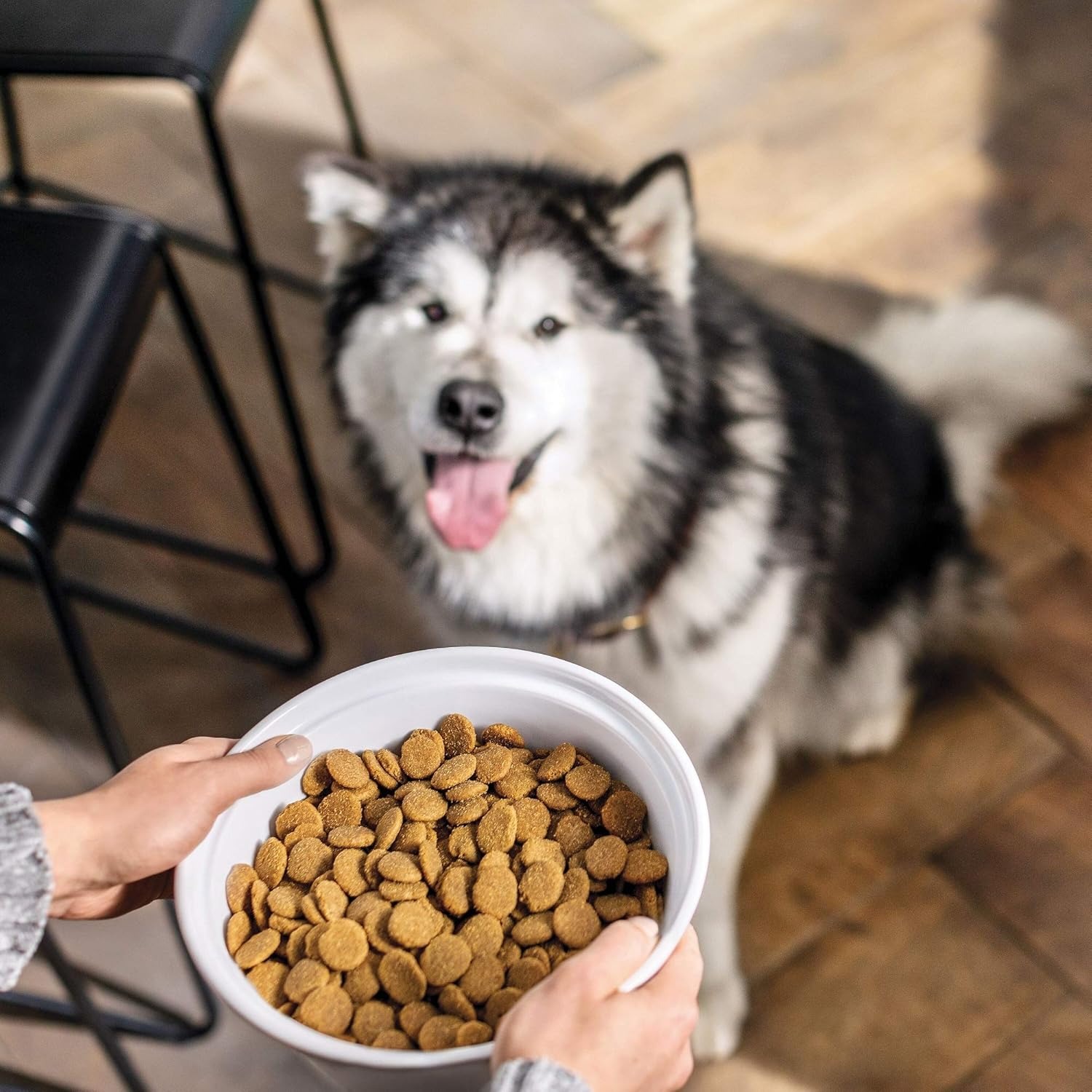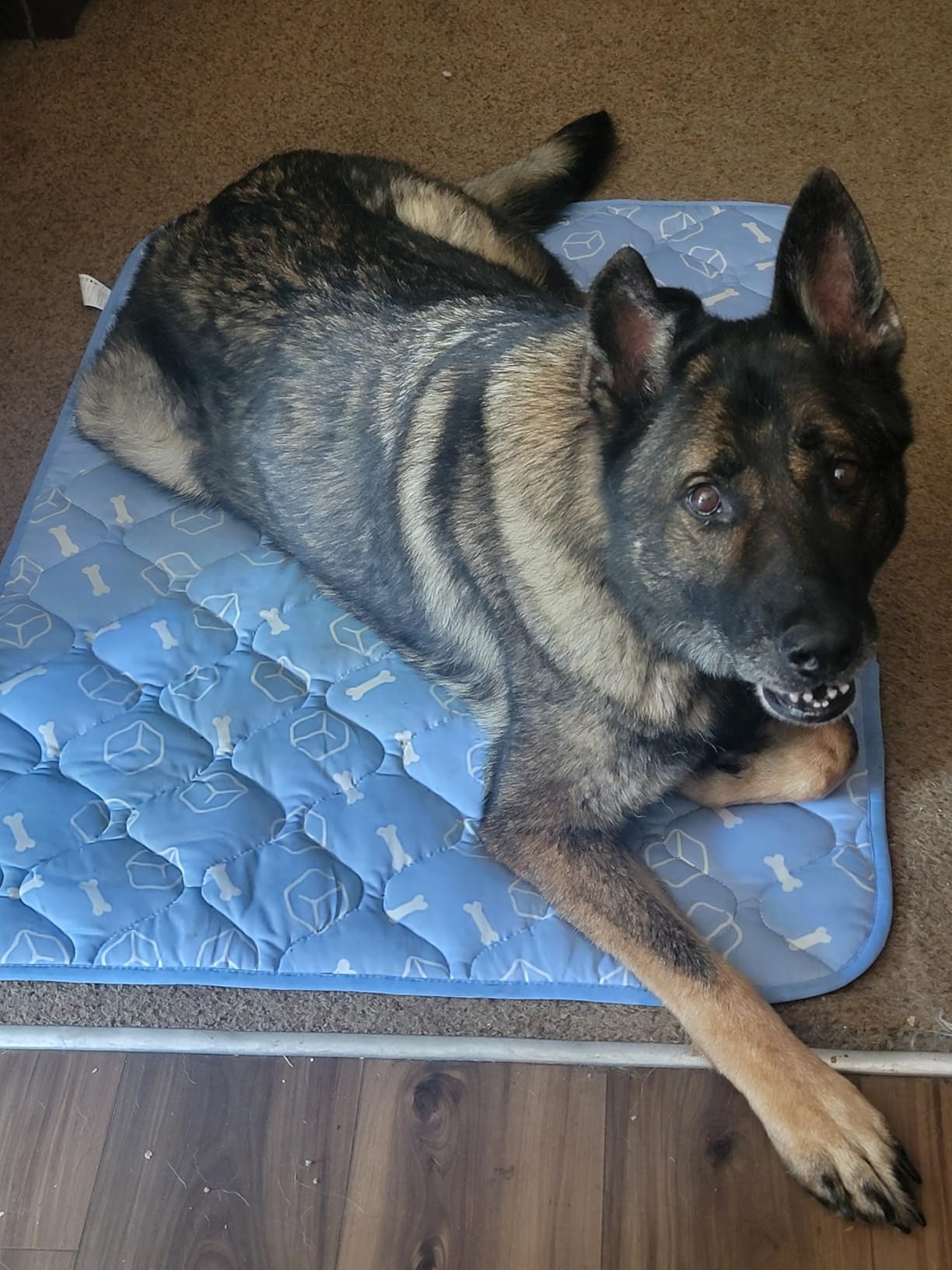Introduction to Bathing Your Guinea Pig
Bathing a guinea pig can initially seem intimidating, especially for new pet owners. However, knowing how to bathe a guinea pig effectively can transform this task into a rewarding and enjoyable experience for both you and your pet. Proper bathing helps remove dirt, odors, and excess oil, promoting a healthy coat and skin. Guinea pigs, especially those with longer fur, can benefit greatly from an appropriate bathing routine. This article will provide you with essential tips and techniques to make the bathing process not only effective but also as stress-free as possible.
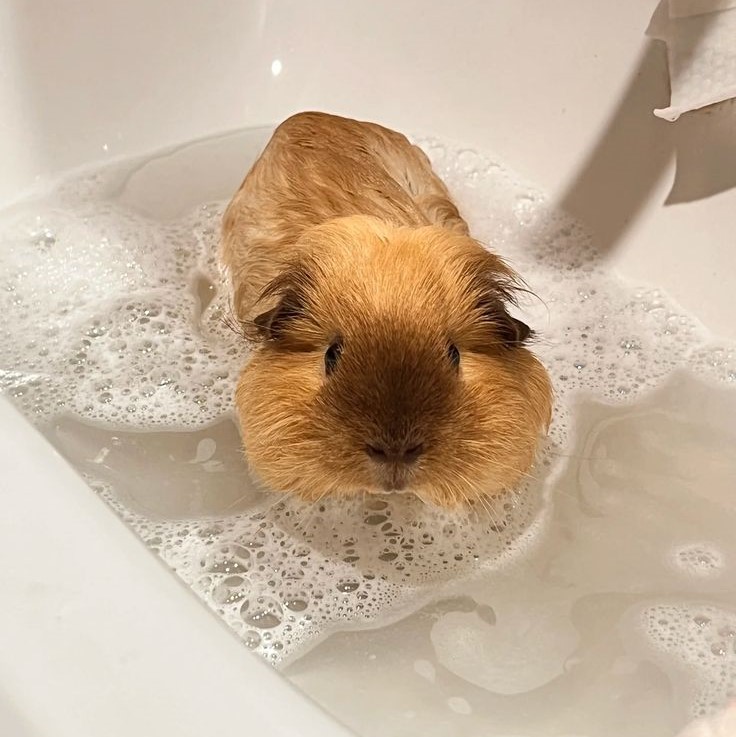
The Importance of Bathing Your Guinea Pig
Why Regular Bathing Matters
Bathing is not merely a luxury; it is crucial for guinea pigs’ overall health. Over time, dirt, oils, and even external parasites can accumulate on their skin and fur. Regular baths can help maintain hygiene and prevent potential skin conditions caused by bacteria or fungi. If you provide your guinea pig with proper bathing, it can significantly enhance their well-being.
How Often Should You Bathe?
When determining how frequently to bathe your guinea pig, remember that their needs vary based on their living conditions and fur length. Typically, baths every 4 to 6 weeks will suffice. However, you may need to bathe them sooner if they become excessively dirty or come into contact with something that requires immediate cleaning. Bathing too often can strip the natural oils from their skin, leading to dryness and irritation. Always observe your guinea pig’s condition to gauge when a bath is necessary.
Essential Preparations for Bathing
Gather Necessary Supplies
Preparing ahead of time can significantly enhance the bathing process. Make a checklist of all the necessary supplies to ensure you don’t forget anything:
Shallow Basin or Sink
- Choosing the Right Container: Opt for a small, shallow basin or sink that can comfortably hold a moderate amount of water. Ensure it is an appropriate size so that your guinea pig can safely stand without the risk of slipping or drowning.
- Baby Steps to Bathing: A shallow basin allows for a gentle bathing experience. It provides a sense of security for your guinea pig, which can help minimize stress during bath time.
- Water Management: Maintaining a manageable level of water is crucial. Use only enough water to comfortably submerge the guinea pig’s body while keeping its head above water. This cautious approach helps keep your pet safe while you bathe them.
Guinea Pig-Safe Shampoo
- Specialized Formulations: Select a shampoo specifically formulated for small animals, particularly guinea pigs. These shampoos are designed to be gentle on their sensitive skin and fur, ensuring a safe and pleasant bathing experience.
- Avoiding Human Products: It is essential to avoid using human shampoos or soaps. These products can contain harsh chemicals and fragrances that may irritate your guinea pig’s skin or even lead to allergic reactions. Always check the ingredient labels before use.
- Understanding the pH Balance: Guinea pigs have a different skin pH balance compared to humans. Therefore, using a product designed for them helps maintain their natural skin balance while keeping them clean.
Towels
- Preparation for Drying: Gather a few clean, soft towels specifically for drying your guinea pig post-bath. These will be essential for quickly soaking up excess water and keeping your pet warm and comfortable.
- Gentleness is Key: When drying your guinea pig, use gentle patting motions rather than vigorous rubbing. This approach will ensure that their sensitive skin is not irritated while effectively removing moisture.
- Warming Up: After bathing, wrap your guinea pig in a towel to maintain their body temperature. Post-bath chill can be a concern, so a warm, cozy towel helps them feel secure and comfortable.
Cup or Pitcher for Rinsing
- Controlled Rinsing Process: Employ a cup or pitcher to effectively control the rinsing of your guinea pig. This method gives you more precision than using a faucet, allowing you to rinse gently without creating excessive splashes.
- Reducing Water Stress: Drizzle water slowly over your guinea pig, starting from the back and moving toward the front. This helps prevent overwhelming your pet with sudden amounts of water, which can cause stress and anxiety.
- Focus on Key Areas: The cup or pitcher also allows you to focus rinsing on areas that may require extra attention, ensuring all shampoo is thoroughly washed out without irritating your guinea pig’s face and ears.
Cotton Ball
- Gently Cleaning Ears: A cotton ball can be used carefully to clean your guinea pig’s ears if needed. When bathing, ensure that water does not enter their ears, which can lead to infections or discomfort.
- Safeguarding Ear Health: The cotton ball can be dampened slightly to aid in cleaning the outer ear area, but avoid inserting it too deeply. Ensuring ears are clean can contribute to your guinea pig’s overall hygiene and health.
- Using Caution: Always handle the cotton ball gently and be mindful of your guinea pig’s reactions. If they appear uncomfortable, discontinue use and consult a veterinarian for advice on ear cleaning and care.
Create a Calm Environment
Establishing a peaceful bathing environment is vital for a successful experience. Select a quiet location with minimal distractions where your guinea pig feels safe. If your guinea pig tends to get anxious around water, consider using treats or gentle petting to keep them calm. Having a second person to assist in holding and comforting the guinea pig while you bathe can make the process much smoother.
Step-by-Step Guide on How to Bathe a Guinea Pig
Step 1: Prepare the Water
How to bathe a guinea pig? Before putting your guinea pig into the water, fill the basin or sink with lukewarm water. The temperature should be warm to your touch, but not hot. Aim for a water depth that reaches just above their legs, allowing them to feel secure without being overwhelmed.
Step 2: Introduce Your Guinea Pig to the Water
Carefully place your guinea pig into the water, supporting their body gently. Take your time to allow them to acclimate to the water temperature. Pour water over their body using a cup or pitcher, ensuring that you avoid their face and ears. Gently wet their fur, being careful to avoid scaring them. If they show signs of distress, remain calm and reassure them with your voice or gentle strokes.
Step 3: Shampoo Application
Once your guinea pig is comfortably wet, apply a small amount of guinea pig-safe shampoo. Lather it into their fur, focusing on the back, sides, and belly. Utilize your fingers to gently massage the shampoo into their fur, ensuring that you do not get any in their eyes or mouth. If their face is dirty, use a damp washcloth without shampoo to clean around their mouth and nose.
Step 4: Rinse Thoroughly
Rinsing is one of the most critical steps, as leftover shampoo can irritate your guinea pig’s skin. Carefully use the cup or pitcher to rinse their fur, ensuring that all shampoo is removed. Rinse until the water runs clear and there are no traces of soap left. Be patient and thorough to prevent any skin reactions.
Drying Your Guinea Pig
Step 5: Drying Off
After rinsing, gently lift your guinea pig out of the water and place them on a towel. Wrap them in the towel and blot their fur to remove excess moisture. Avoid rubbing their fur too vigorously to prevent irritation. Instead, gently pat them dry, particularly around sensitive areas like their ears and belly.
Step 6: Providing Warmth
Guinea pigs can easily become chilled after a bath, so it’s crucial to keep them warm once they are dry. Place your guinea pig in a quiet area free from drafts, and consider using a heating pad on low, wrapped in a towel. Monitor them closely to ensure they’re comfortable, secure, and not overheating.
Post-Bath Care
Regular Skin Checks
After bathing, take this opportunity to inspect your guinea pig’s skin closely. Look for any signs of irritation, redness, or abnormalities. Regular skin checks can help detect any potential issues early on, preventing more significant health problems. If you notice anything unusual, consult a veterinarian who specializes in small animals for guidance.
Grooming for Healthy Fur
In addition to bathing, grooming is essential for maintaining healthy fur and skin. Regularly brushing your guinea pig helps remove loose fur and dirt while distributing natural oils across their skin. Choose a soft-bristled brush or comb specifically designed for small animals to ensure comfort. Proper grooming not only enhances your guinea pig’s appearance but also strengthens the bond between you and your pet.
Common Mistakes to Avoid
Not Preparing Properly
One of the most common mistakes pet owners make is not preparing adequately for the bath. Without the right supplies and a calming environment, the bathing experience can be chaotic for both you and your guinea pig. Always make sure you have everything on hand before starting the process.
Ignoring Skin Sensitivity
Another critical mistake is overlooking the sensitivity of your guinea pig’s skin. Using products not designed for guinea pigs, or applying excessive pressure while bathing, can lead to discomfort or even injury. Always use gentle techniques and hypoallergenic products designed for your pet.
Conclusion: Providing Excellent Care for Your Guinea Pig
In conclusion, knowing how to bathe a guinea pig correctly is an essential part of being a responsible owner. Following the detailed steps and advice in this guide will help ensure that your bathing process is smooth and enjoyable. Proper bathing not only maintains hygiene but also promotes healthy fur and skin. Remember, it’s not merely about cleanliness; it’s also an opportunity to bond with your pet and observe their overall well-being.
Frequent checks on their skin and regular grooming treatments will allow you to identify potential issues early. By creating a planned bathing routine and remaining attentive to their needs, you can provide a loving and healthy environment for your guinea pig. If you have additional concerns or questions about guinea pig bathing, don’t hesitate to consult with a veterinarian. Your furry friend deserves the best care, and with the right knowledge and preparation, you can ensure they lead a clean, healthy, and happy life!

